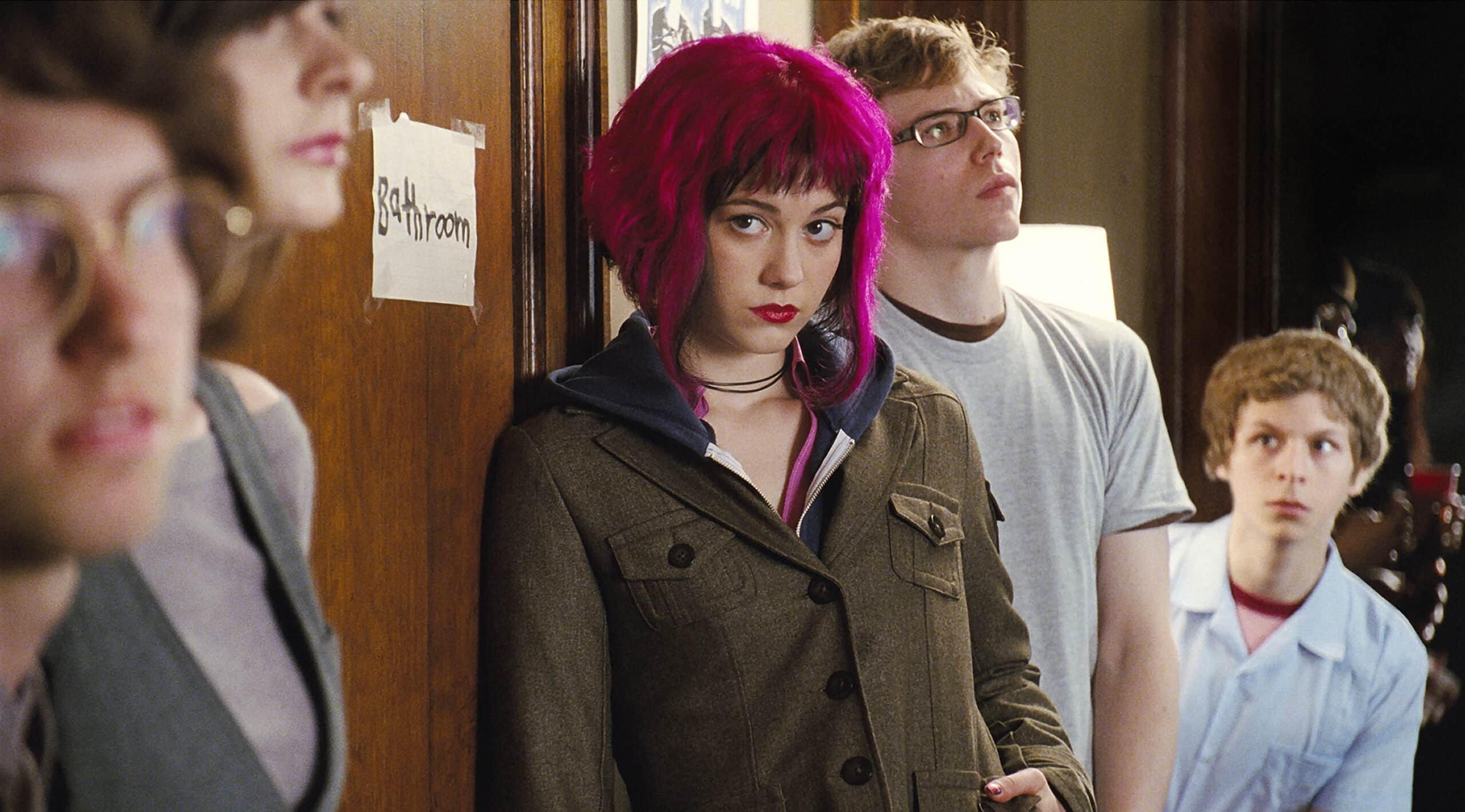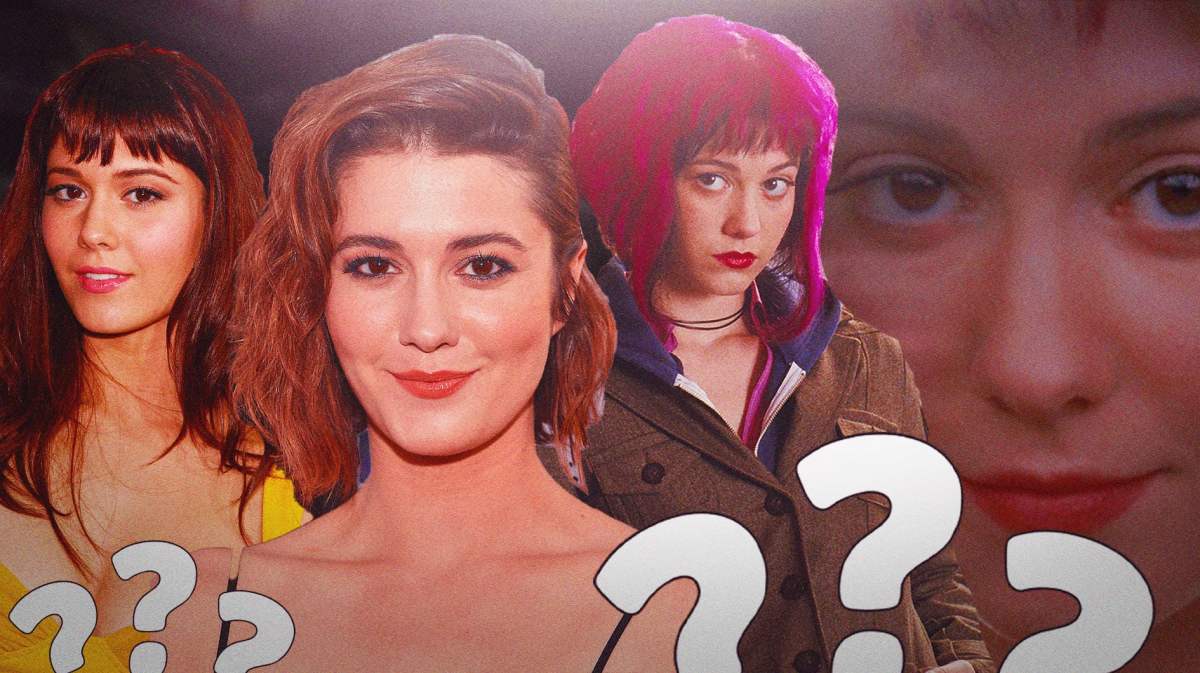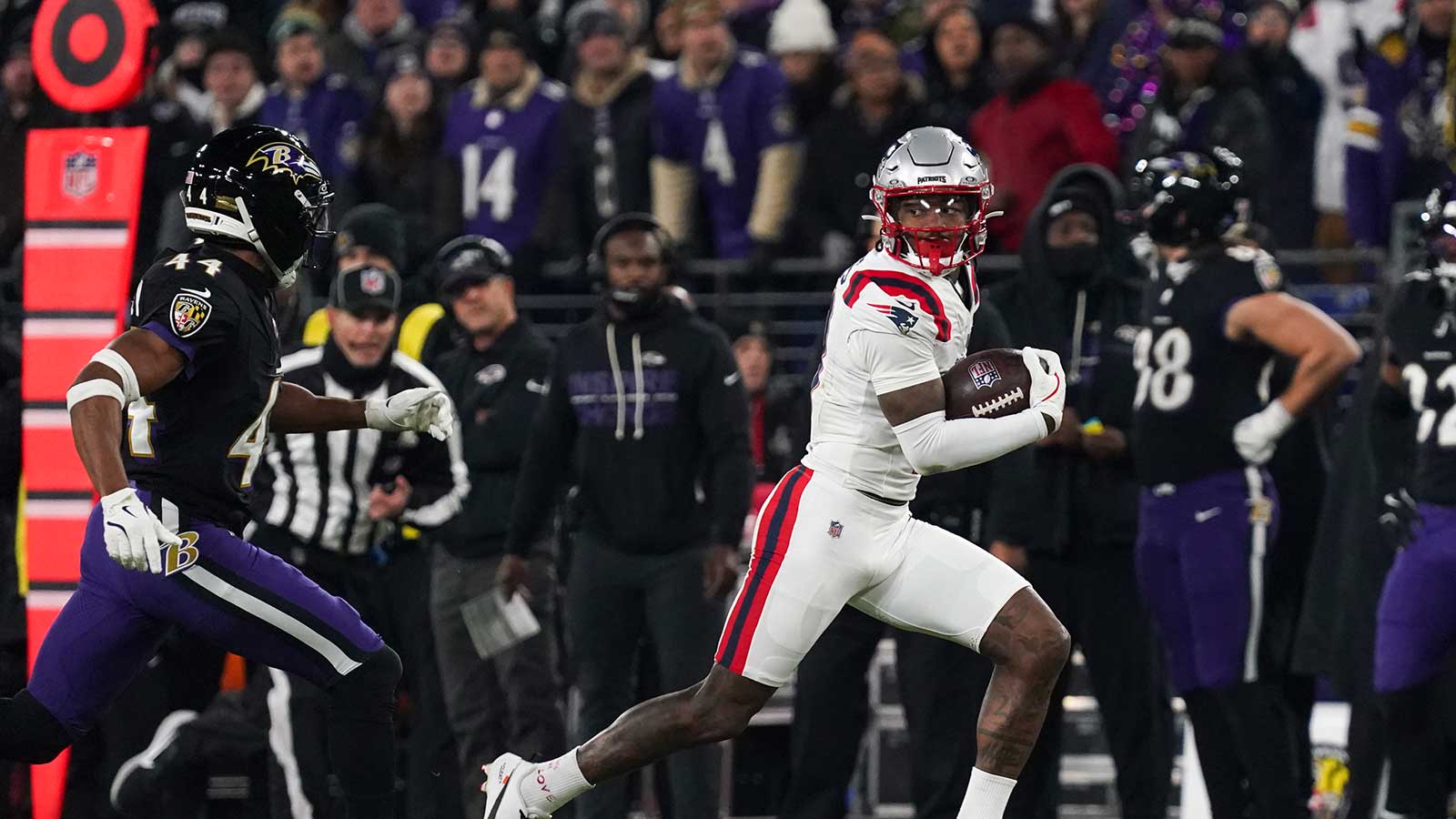Ramona Flowers, the enigmatic and alluring love interest in the Scott Pilgrim series, played a pivotal role in the story's exploration of love, identity, and personal growth. As the ethereal figure first introduced to Scott in a dream, Ramona embodies the archetype of the Manic Pixie Dream Girl (MPDG), a character type that has garnered its fair share of criticism and analysis in the realm of contemporary film and literature. However, Ramona Flowers, as depicted in both the graphic novels and the film adaptation, subverts this trope, offering a nuanced portrayal of a complex and flawed individual navigating the complexities of relationships and self-discovery.

The Manic Pixie Dream Girl Trope
At first glance, the character of Ramona Flowers in “Scott Pilgrim vs. the World” appears to embody the classic Manic Pixie Dream Girl trope. This trope, as defined by film critic Nathan Rabin, refers to a whimsical and often shallow cinematic figure whose sole purpose is to inspire brooding and introspective young men to embrace the mysteries and adventures of life. Scott, the film's protagonist, played by Michael Cera, encounters Ramona in a dream, and she seems to be the girl of his dreams, quite literally. This initial impression might lead viewers to believe that Ramona fits snugly into the MPDG mold.
Beneath the Surface
Scott Pilgrim, the character portrayed by Michael Cera, might come off as charming and lovable, but a closer look reveals a different reality. He lacks motivation, is part of a mediocre band, and struggles to move on from his year-old breakup. This sets Scott up as a somewhat “brooding” character, seemingly waiting for someone like Ramona to rescue him – a typical trait of the MPDG trope.
In the film, the audience first observes Scott's infatuation with Ramona, a new girlfriend who appears to be a perfect match for him. She is cool enough to keep up with his aspirations to make his band famous, and they seem to get along fairly well. However, viewing “Scott Pilgrim vs. the World” through adult eyes reveals a much more complex and flawed portrayal of both characters.
Breaking Stereotypes
Rather than being a typical MPDG, Ramona Flowers breaks away from this stereotype in several ways. She refuses to conform to the role that Scott and others expect her to play in his life. In the story, Ramona discloses to Scott Pilgrim that her exes have formed the “League of Ramona's Evil Exes,” whose purpose is to force her current partner to battle her previous romantic connections to prove their worthiness. This unusual situation places Ramona in an influential position, setting the expectation that she is a person of great influence and should only be with the best of the best, the victor of these battles.
It's this unconventional situation that originally attributes MPDG qualities to Ramona. Her past relationships put her on a pedestal, creating the expectation that she has a guiding presence in the lives of her partners, possibly even saving them. Ramona is aware of the pedestal but is uninterested in occupying that role and even somewhat ashamed of it. She avoids using it to her advantage because she doesn't want people relying on her to solve their problems.
Complex Character Development
Ramona's role in Scott's character development is indirect. Rather than molding herself to fit Scott's needs as a traditional MPDG would, Ramona offers herself to him as she already is. She refuses to be categorized or boxed in as her previous boyfriends have done. This refusal to conform to Scott's expectations challenges him to see her as a person with her own identity and not a dreamlike figure designed to fulfill his desires.
While the movie adaptation of “Scott Pilgrim vs. the World” presents a simplified version of the story, the comics delve more deeply into the characters' growth and the realization of their flaws. A chapter not included in the film depicts a heated argument between Scott and Ramona, leading to Ramona's infidelity with Roxie Richter. This nuanced portrayal of their imperfections underscores the message of the comic series: two deeply flawed individuals come together, recognize their toxic behaviors by mirroring each other, and strive to become better people.
In summary, Ramona Flowers is not a typical Manic Pixie Dream Girl. While the initial impression might lead viewers to believe she fits into this trope, a closer look at the character's complexity and refusal to conform to the expected role challenges the stereotype. The story of Scott and Ramona is a tale of two flawed individuals who come to recognize their own imperfections through their tumultuous relationship and ultimately strive to become better people. This portrayal makes “Scott Pilgrim vs. the World” a refreshing departure from typical romantic narratives and reinforces the idea that genuine, meaningful connections require both individuals to grow and change together.



















